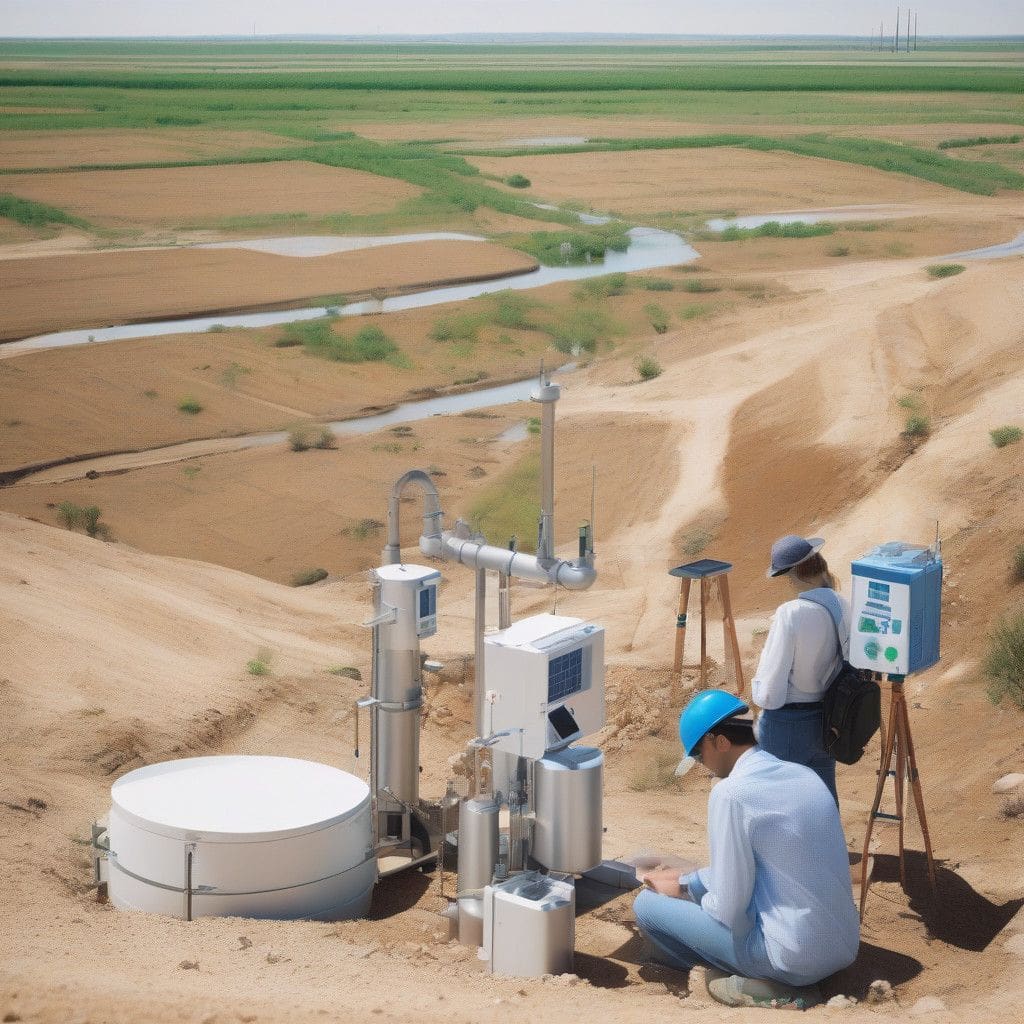In an era where water scarcity is becoming an increasingly pressing issue, innovative solutions are vital for ensuring sustainable water supply. One such promising solution is aquifer storage technology, currently being employed in various countries such as the United States, the Netherlands, and Australia. In South Korea, where intense summer rainfall poses significant challenges for water supply, particularly in rural and island areas, the adoption of aquifer storage technology is gaining momentum. A recent study led by Dr. Seongpil Jeong and Kyungjin Cho from the Center for Water Cycle Research at the Korea Institute of Science and Technology (KIST) reveals groundbreaking findings that could significantly enhance the efficiency and reliability of this technology.
Aquifer storage technology operates by injecting surface water into underground aquifers, effectively storing this vital resource for later use. However, the process is not without its challenges. A primary concern arises from pore-clogging caused by microorganisms that thrive on assimilable organic carbon present in the injected water. These microorganisms can severely limit the effectiveness of aquifer storage systems unless proper treatment is applied. Previous work by the KIST team had demonstrated that microorganisms are capable of reducing assimilable organic carbon in artificial raw water under simulated aquifer storage conditions. Yet, the real test came when they turned their focus to actual river water in a comprehensive field study.
The study spanned approximately 13 months and involved simulating the cyclical process of aquifer storage by injecting real river water into a sandy underground layer at two-week intervals. Subsequent withdrawals occurred two weeks afterward to monitor changes in organic matter and microbial communities. The findings were remarkable: independent of seasonal fluctuations in river water, the concentrations of organic matter in both the soil and stored water remained stable. This suggests that a straightforward physical sedimentation process could effectively maintain water quality for a year without leading to pore clogging.
To grasp the factors contributing to this stability, the KIST research team delved deeper into the microbiome changes within the aquifer storage system. They discovered that the microbial community, which feeds on the organic matter found in real river water, exhibits seasonal variations. This indicates that the microbes play a vital role in degrading organic contaminants, thereby preventing pore clogging and ensuring consistent water quality.
The methodologies employed in this study possess significant application potential for domestic aquifer storage sites across South Korea. They not only provide insights into pre-treatment processes necessary for optimal influent conditions, but they also highlight the importance of ongoing monitoring of organic matter and microbial populations for the sustainable operation of aquifer storage systems. Such comprehensive strategies are essential for maintaining the reliability of these systems and preventing issues related to water quality.
The practical implications of this research are substantial. As the global population continues to expand, the demand for freshwater resources also rises, particularly in regions susceptible to seasonal rainfall variations. Aquifer storage technology emerges as a sustainable and scalable solution to address water supply challenges. The findings of this research contribute to optimizing the operational efficiency of these systems, demonstrating that with careful management, aquifer storage can effectively mitigate imbalances in water supply.
Moreover, the researchers have underscored the need for a thorough assessment of the quality of recovered water as well as appropriate pre-treatment methods to sustain the system’s stability. This multi-faceted approach is essential to securing high-quality water for communities while ensuring the technology remains viable over time.
The experiment conducted by KIST stands as a pioneering effort in the global landscape of aquifer storage research. It marks a significant step forward in understanding long-term changes in organic matter and microbiomes within aquifer simulation systems. As countries around the world grapple with the ramifications of climate change and shifting weather patterns, strategies like this could play a crucial role in enhancing water resilience.
In summary, the innovative work being carried out by KIST researchers is not only addressing immediate water supply challenges in South Korea but also contributing to the broader understanding and optimization of aquifer storage technology. By ensuring stable water quality and demonstrating the effective management of organic materials and microorganisms, this research opens new avenues for future inquiry and application.












